
Island hopping: How couriers cope on Hong Kong’s ever-changing archipelago
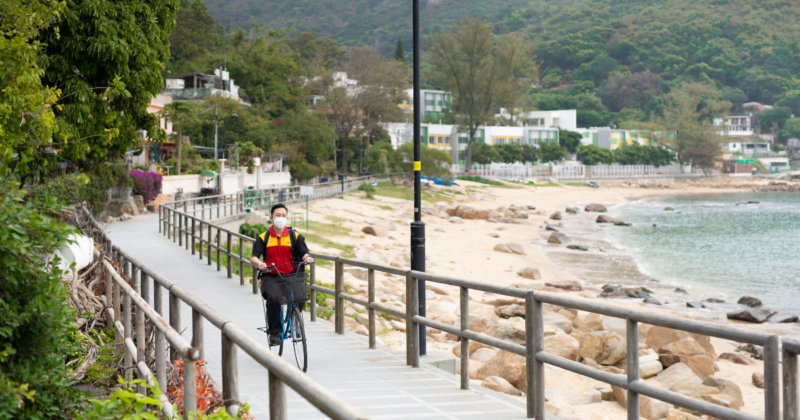
Hong Kong’s dense urban jungle presents a complex challenge to couriers, but that doesn’t make the territory’s islands a walk-over.
While the city requires a mix of route optimization software and hands-on experience to get the job done, this is very different for couriers who make the trek to Hong Kong’s outer islands.
These physically-intensive deliveries demand a different skillset, from cycling and ferry-hopping, to a dose of dog-whispering.
Delivering to Hong Kong’s remote islands
Hong Kong may have one of the densest populations on Earth, but a sizeable chunk of its population lives on some of the 260 “outer” islands. Many of these are less developed and connected than the urban areas, with some lacking roads and public transport, and most are reachable only by infrequent ferry services.
Couriers delivering to the outlying islands, however, share a trait with their urban counterparts: delivering packages is best done by foot. Walkers are dropped off by a DHL van at the ferry pier, where they split up and set off on their own journeys.
Armed with specially designed backpacks that hold up to 15 small packages, they take different ferry rides to Lantau, Lamma island, Peng Chau or Cheung Chau.
The furthest destination by far for the walkers is Sea Ranch, a part of Lantau island accessible only via infrequent ferry rides. The couriers have to first get to Cheung Chau, then take another ferry from there to Sea Ranch, taking three hours to reach their destination.
Each island presents a different set of challenges. In Mui Wo, a town on Lantau island, many of the villages are remotely located. Once ashore, the walker rents a bicycle to speed up deliveries.
On both Cheung Chau and Lamma island, there is no public transport available. Cheung Chau, known as dumbbell island for its elongated shape, is packed into narrow lanes too tight for normal vehicles. That makes it easier for a walker, who can reach their destinations on foot within five to 10 minutes.
The 7,000 inhabitants of Lamma, on the other hand, are clustered into enclaves scattered over some 14 sq km. It takes 30 minutes for the couriers to walk from the more densely populated areas near Yung Shue Wan pier to reach the next village of Hung Shing Yeh Wan.
In some of the islands’ older districts, street numbers are not always in sequence, requiring a phone call to ask for directions.
Many of the islands are populated by wild hounds and gatekeeping dogs. “In extreme cases, the couriers have been chased, and even attacked and bitten by the dogs,” noted Boris Chui, Vice President, Operations, DHL Express Hong Kong. “To ensure their safety, we started bringing in professional dog trainers to conduct annual workshops and sharing sessions.”
During these sessions, the couriers are taught some key skills in recognizing the warning signs of aggression, and how to prevent themselves from being attacked by the dogs.
When approaching residential areas, the couriers stay alert and listen out for barking. Upon detecting the presence of a dog that is off-leash on the premises, the couriers are to contact the customer before approaching. They are also instructed to make slow movements, and speak at lower tones and softer volumes.
If a dog starts chasing them, couriers are taught to jump on a wall or higher ground. They are also taught to perform basic first-aid in the rare case they get bitten.
Weather can be a hazard too. Hong Kong, being a coastal city, is prone to storms and typhoons from May to October.
During typhoons, there are usually pre-alerts and ferry companies would also announce the time for final ferry trips ahead of time. The QCC team also closely monitors announcements from the Hong Kong Observatory and Hong Kong Transportation Department. The announcements keep the couriers informed, often giving them advanced warnings to proceed with haste, or adopt contingency plans.
“Whether it’s avoiding the canines or knowing where the bike rental services are, it’s important for the walkers to know which alternative solutions they can implement when there are any exceptions,” said Chui. “Our lead couriers monitor the weather and contact the walkers with instructions in the case of any emergencies. But if there happen to be any unexpected incidents on the islands, it is up to the walkers to stay alert and adapt according to the situation with staff safety as their top priority.”
Adapting to Hong Kong’s ever-changing landscape
Hong Kong is a collection of islands, many of which are now connected by bridge or land, as part of the territory’s ever more ambitious plans for land reclamation and infrastructure development. Since 1877, over 70 sq km of land has been reclaimed in Hong Kong, opening up the territory to exponential population and economic growth.
In the coming decade, the territory has plans to build vast artificial islands, and establish Lantau as a “double gateway” to the world and the Greater Bay Area. This will transform both the landscape and the job of a walker courier.
“In the past when there was no road transport, couriers had to take ferry trips adding up to a one and a half hours journey to reach discovery bay on Lantau island from the service center. Now, it’s just a half hour’s drive away,” said Chui.
And as the islands get further developed, the walkers will continue to improve their routes for shorter journeys and delivery times.
“When better transport options surface, we will definitely adapt our routes accordingly, to make the journeys more convenient for our walkers, and to better serve our customers in the outlying islands,” said Chui.
MORE FROM THIS COLLECTION

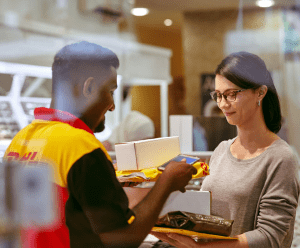
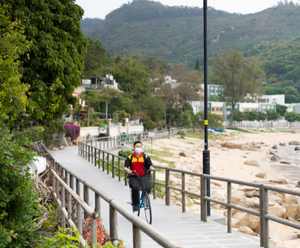
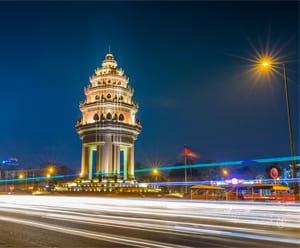


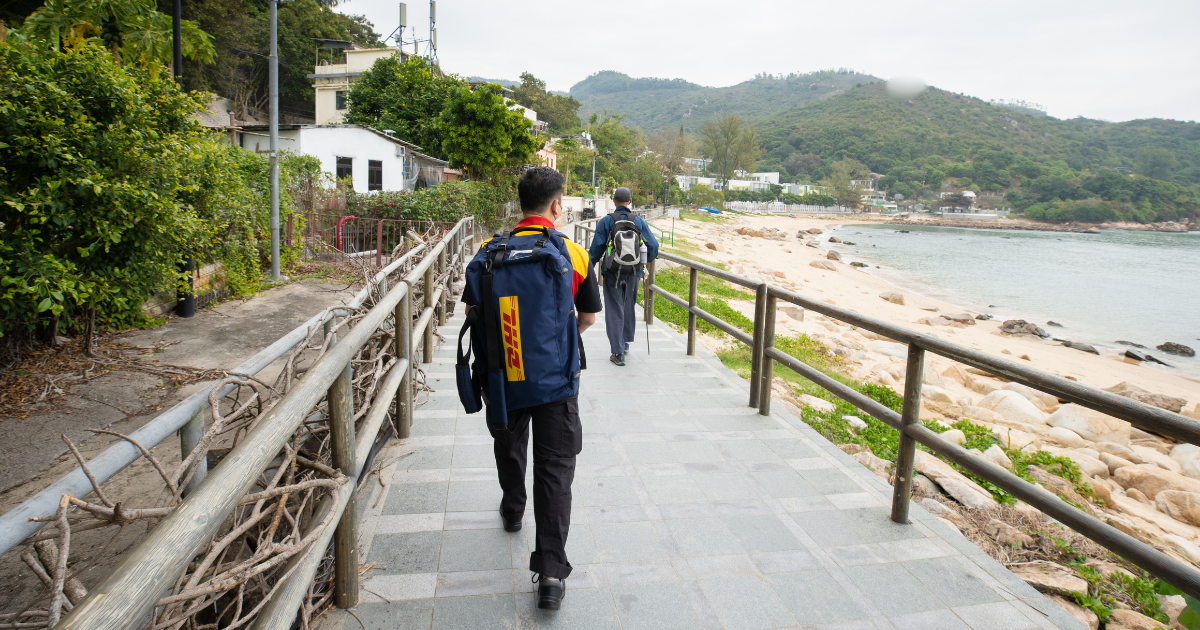
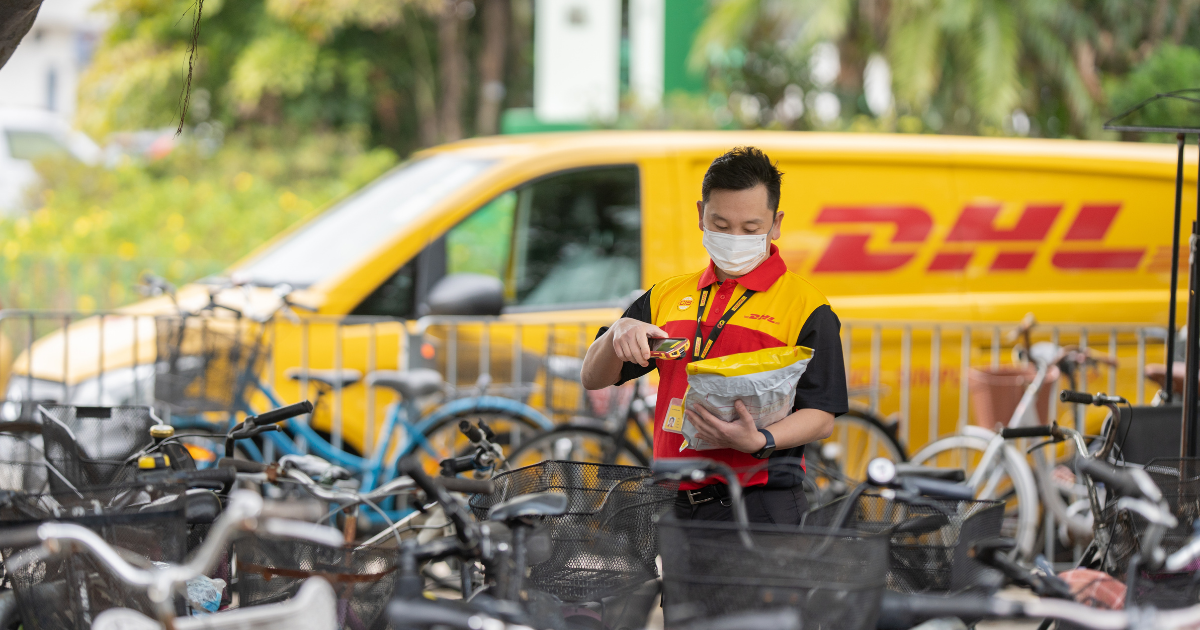
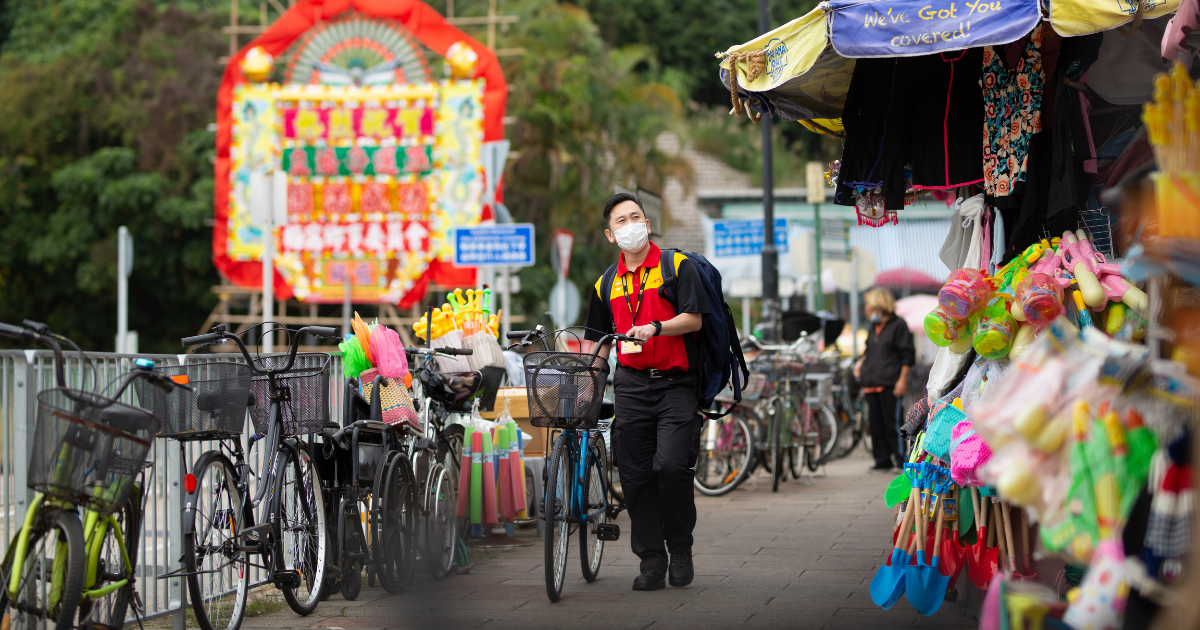

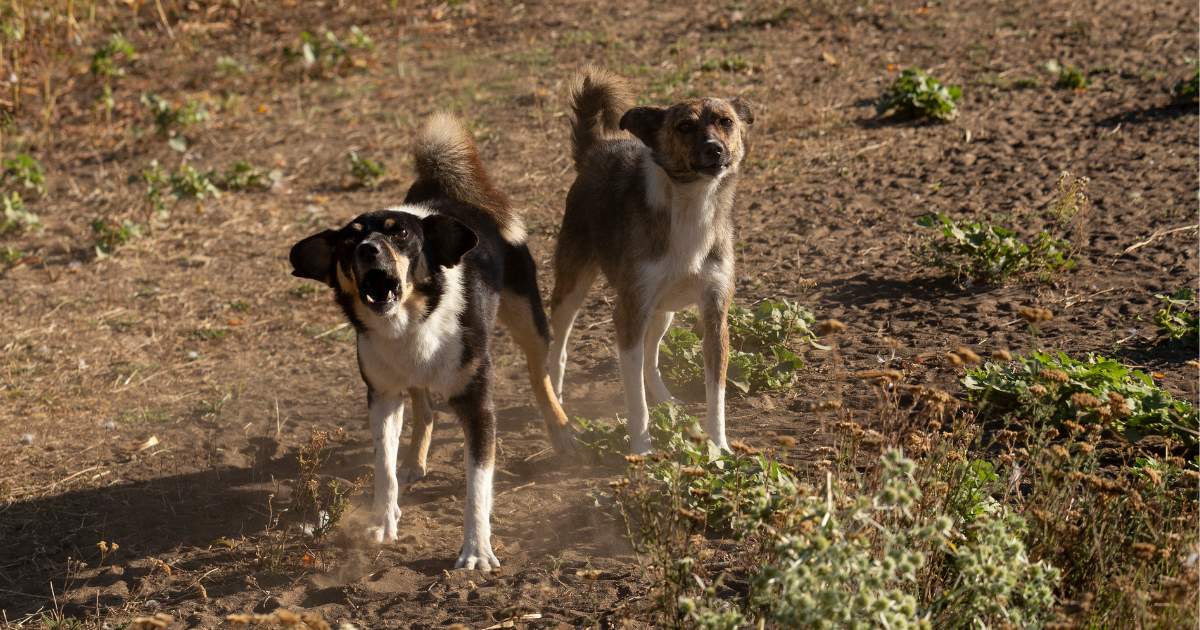

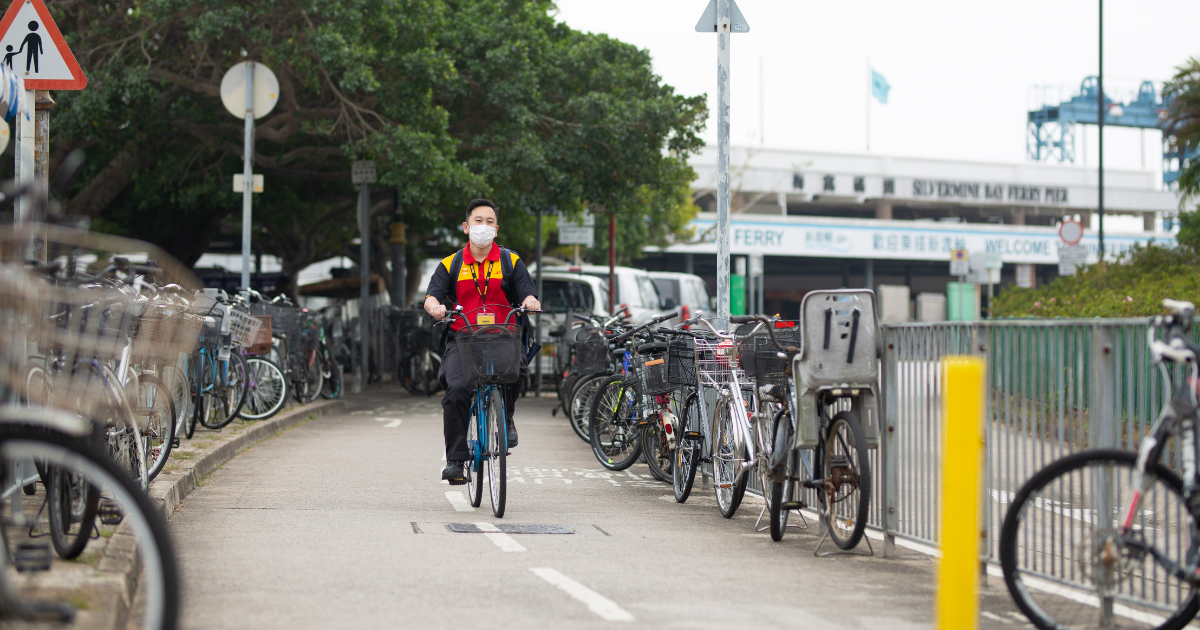
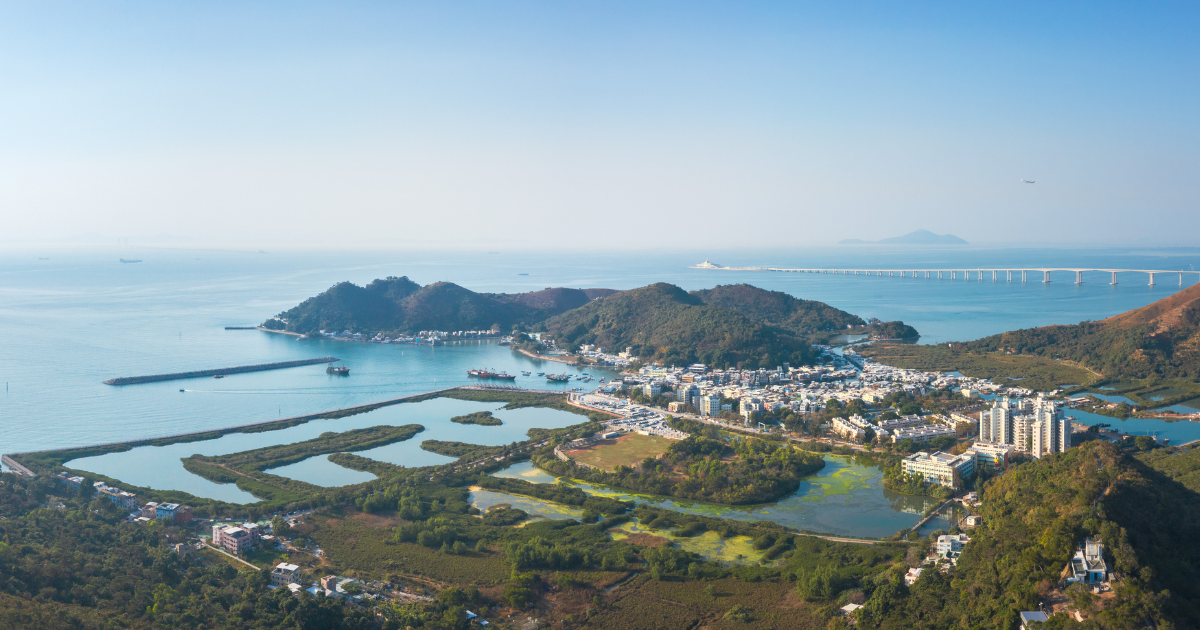
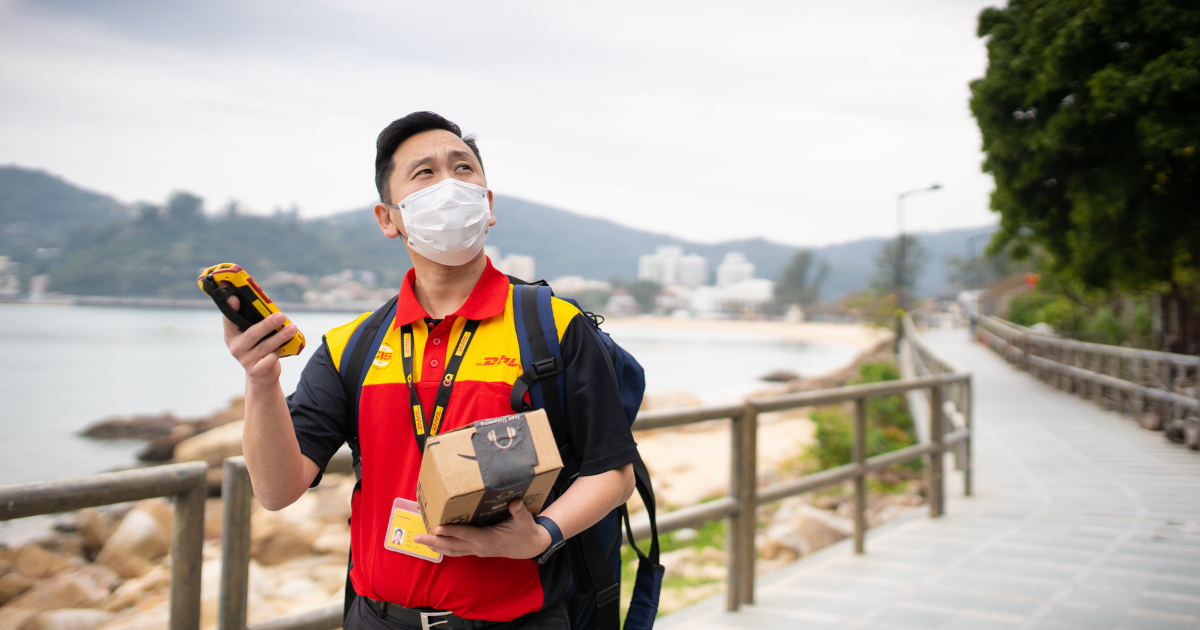



 English
English